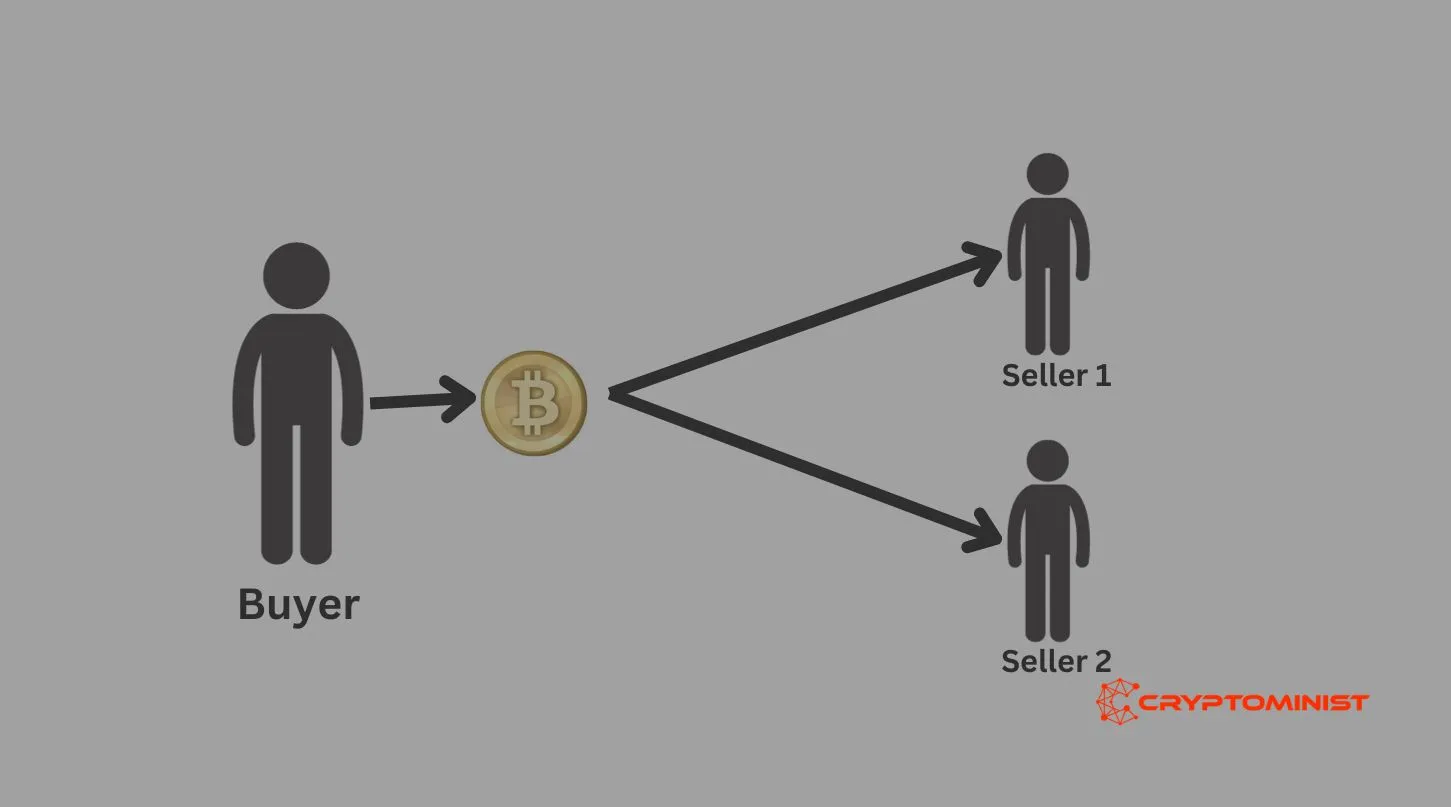In the world of cryptocurrencies, double spending is a significant concern. This issue poses a fundamental challenge to the concept of digital money. Unlike traditional physical currency, which cannot be spent twice, digital assets have the potential to be duplicated and spent repeatedly, compromising the integrity of the entire system.
In this article, we will delve into the concept of double spending in cryptocurrency, explore the double spending prevention methods and understand why these prevention techniques are crucial for the success and security of digital currencies.
Double spending prevention in cryptocurrency is a crucial security measure that ensures a digital currency cannot be spent twice. It relies on blockchain technology, consensus mechanisms, and confirmation processes to validate and record transactions, making it virtually impossible for users to duplicate and spend the same digital funds multiple times. This security feature is vital for maintaining trust, credibility, and the financial stability of cryptocurrencies.
What is Double Spending?
Double spending is a fraudulent act where a user spends the same digital currency twice or more by creating multiple copies of a digital token. This practice can occur in various scenarios:

- Counterfeit Copies: Users create exact duplicates of a digital coin, making it appear genuine.
- Race Attack: The attacker rapidly sends multiple transactions of the same coin to different parts of the network, hoping that one of them will be accepted.
- Selfish Mining: A miner attempts to withhold a block that contains a transaction. They then try to mine a new block containing the same transaction, hoping to have it accepted before the original.
- Finney Attack: A miner secretly creates a block containing a double-spending transaction, followed by a legitimate transaction. They then mine a block with the double-spending transaction, which is faster than the rest of the network.
To tackle double spending, cryptocurrency networks employ various consensus mechanisms and security measures. Below, we’ll explore these in detail.
Prevention Techniques
- Blockchain Technology: The blockchain, which is the underlying technology for most cryptocurrencies, plays a pivotal role in preventing double-spending. Each transaction is recorded in a chronological, immutable, and publicly available ledger. Once a transaction is confirmed and added to the blockchain, it becomes computationally infeasible to alter it. This irreversible record ensures that users cannot spend the same funds multiple times.
- Consensus Mechanisms: Cryptocurrencies rely on consensus mechanisms to validate and confirm transactions. Two common methods are Proof of Work (PoW) and Proof of Stake (PoS). PoW requires miners to solve complex mathematical problems to validate transactions and add them to the blockchain. PoS, on the other hand, uses validators who hold a stake in the network to confirm transactions. Both mechanisms add layers of security to the network, making it extremely difficult for double spending to occur.
- Confirmation Mechanisms: Cryptocurrency networks require multiple confirmations for a transaction to be considered secure. The number of confirmations varies but typically ranges from a few to several confirmations. As more confirmations accumulate, the likelihood of a double-spending attack decreases. Miners and validators work to verify the legitimacy of a transaction before adding it to the blockchain.
- Zero-Confirmation Transactions: While zero-confirmation transactions lack the security of confirmed transactions, they are widely accepted for small-value, low-risk transactions like purchasing a cup of coffee. Merchants accepting zero-confirmation transactions usually do so based on the assumption that an attacker would find it unprofitable to carry out a double-spending attack for such small amounts.
- Centralized Solutions: Some centralized cryptocurrencies, such as Ripple (XRP), handle the prevention of double spending differently. These networks rely on a trusted authority to validate transactions, eliminating the need for extensive consensus mechanisms. While this reduces the risk of double spending, it contradicts the decentralized nature of many cryptocurrencies.
Importance of Double Spending Prevention
The prevention of double spending is vital for several reasons:
- Trust and Credibility: Without effective prevention mechanisms, cryptocurrencies would lack trust and credibility. Users must have confidence that their digital assets are secure and cannot be duplicated.
- Market Adoption: Double spending prevention is essential for cryptocurrencies to gain wider adoption, especially in commercial transactions. Retailers and businesses need assurance that transactions are final and secure.
- Financial Stability: Preventing double-spending maintains the financial stability of a cryptocurrency network. In a world where digital currencies coexist with traditional fiat currencies, it’s crucial to maintain the integrity of the digital monetary system.
Conclusion
In the realm of cryptocurrency, double spending prevention is the linchpin of security and trust. The innovative use of blockchain technology, consensus mechanisms, and confirmation procedures ensures that users can confidently transact in the digital landscape without fear of fraudulent double-spending.
As the cryptocurrency ecosystem continues to evolve, it’s important for developers, miners, validators, and users to remain vigilant against potential double-spending attacks. By doing so, the digital financial world can thrive and offer secure, reliable, and efficient transactions for all.
If you like reading the above article, you may also like reading: